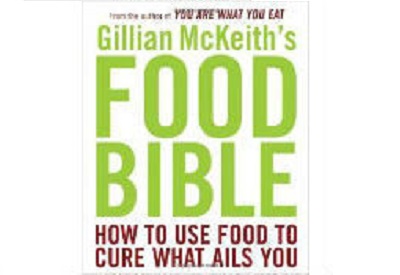The Flat Belly Diet is an eating strategy designed to help people lose weight effectively. It was created by Prevention magazine editors. This diet promises to make weight loss fast and easy, especially when it comes to fat stored around the middle. This is supposed to occur in about one month.
What is the Flat Belly Diet Supposed to Do
The diet’s creators say that the Flat Belly Diet lets dieters change the way they eat to drop the pounds. In fact, exercise isn’t a requirement of this plan. That said, the creators of the diet do underscore that if you do exercise, it can help to boost results from the other efforts made throughout the month.
Two Diet Phases
There are two phases to the Flat Belly Diet. The first is four days long and is meant to help combat bloating. It uses specific drinks and foods to help followers to overcome bloating. That way, the dieter won’t be carrying extra size that doesn’t need to be there and that isn’t even caused by body fat.
The second phase is a four-week eating plan that affords dieters a set number of calories. Women eat about 1,600 calories per day. Men follow a similar plan but with a higher number of daily calories allowed.
Monounsaturated Fatty Acids
The Flat Belly Diet places the emphasis on eating foods high in monounsaturated fatty acids (MUFAs). Dieters must also eat lots of whole grains, fruits and veggies. Every meal must contain MUFAs. These foods include options such as seeds, nuts, avocados, olive oil and soybeans.
No Solid Research
Despite the fact that the Flat Belly Diet was created by well respected people, the diet itself hasn’t been uniquely successful in research. Large clinical trials haven’t shown that using this technique is any more effective than any other calorie-restricted strategy.
Though a dieter might lose weight using these methods, they’re likely because of the calorie limitations and because it encourages healthy and nutritious eating, according to the Mayo Clinic’s analysis. This indicates that the additional methods recommended by the diet aren’t necessarily promoting additional weight loss. Instead, it’s the methods that are the same as other calorie restricted healthy diets that are helping these dieters to drop the pounds.
Though it advertises itself as a type of quick fix, it isn’t really all that different from following other traditional calorie-based diets with a focus on nutrition.





